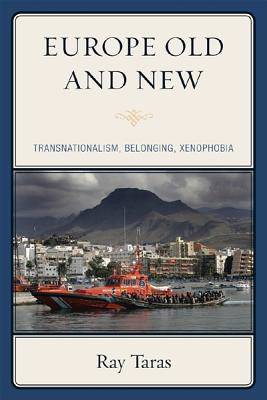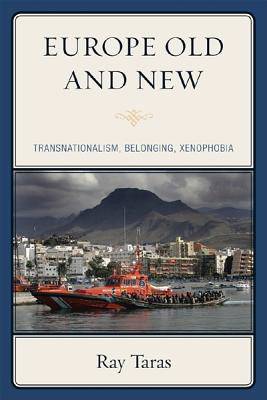
- Afhalen na 1 uur in een winkel met voorraad
- Gratis thuislevering in België vanaf € 30
- Ruim aanbod met 7 miljoen producten
- Afhalen na 1 uur in een winkel met voorraad
- Gratis thuislevering in België vanaf € 30
- Ruim aanbod met 7 miljoen producten
Zoeken
€ 65,45
+ 130 punten
Uitvoering
Omschrijving
Is Europe indeed uniting or instead falling apart as a result of anti-immigrant prejudices, a massive Islamic influx, and ancient intra-European hatreds? This innovative and engaging book explores this key question by examining the national and religious phobias and prejudices, antipathies and sympathies, stereotypes and heterotypes of Europe west and east. Considering the sources of Europe's culture-based divide, Ray Taras argues that the idea of two "Europes" is grounded both in reality and myth. The accession process that brought a dozen new members into the European Union after 2004 highlighted the persisting gulf between "old" and "new" Europe. While many concrete borders between east and west were removed (commercial, legal, passport regimes), many remained (absence of a single Euro currency zone, labor market, and security community). Virtual borders too were invented or re-imagined: the postmaterialist, inclusionary, tolerant values supposedly found in old Europe versus the materialist, nationalistic, xenophobic ones of new Europe.
After reviewing the two Europes' contrasting historical legacies, Taras examines the EU institutions designed to overcome the historical European divide. He considers the treaties, political rhetoric, citizen attitudes, and literary narratives of belonging and separation that both bind and fray the fabric of Europe. Throughout, this interdisciplinary work provides a comprehensive, hard-hitting, and unabashed review of how enlarged Europe embraces contrasting understandings of its political home and of who belongs and who does not.
After reviewing the two Europes' contrasting historical legacies, Taras examines the EU institutions designed to overcome the historical European divide. He considers the treaties, political rhetoric, citizen attitudes, and literary narratives of belonging and separation that both bind and fray the fabric of Europe. Throughout, this interdisciplinary work provides a comprehensive, hard-hitting, and unabashed review of how enlarged Europe embraces contrasting understandings of its political home and of who belongs and who does not.
Specificaties
Betrokkenen
- Auteur(s):
- Uitgeverij:
Inhoud
- Aantal bladzijden:
- 266
- Taal:
- Engels
Eigenschappen
- Productcode (EAN):
- 9780742555167
- Verschijningsdatum:
- 31/07/2008
- Uitvoering:
- Paperback
- Formaat:
- Trade paperback (VS)
- Afmetingen:
- 150 mm x 221 mm
- Gewicht:
- 399 g

Alleen bij Standaard Boekhandel
+ 130 punten op je klantenkaart van Standaard Boekhandel
Beoordelingen
We publiceren alleen reviews die voldoen aan de voorwaarden voor reviews. Bekijk onze voorwaarden voor reviews.











